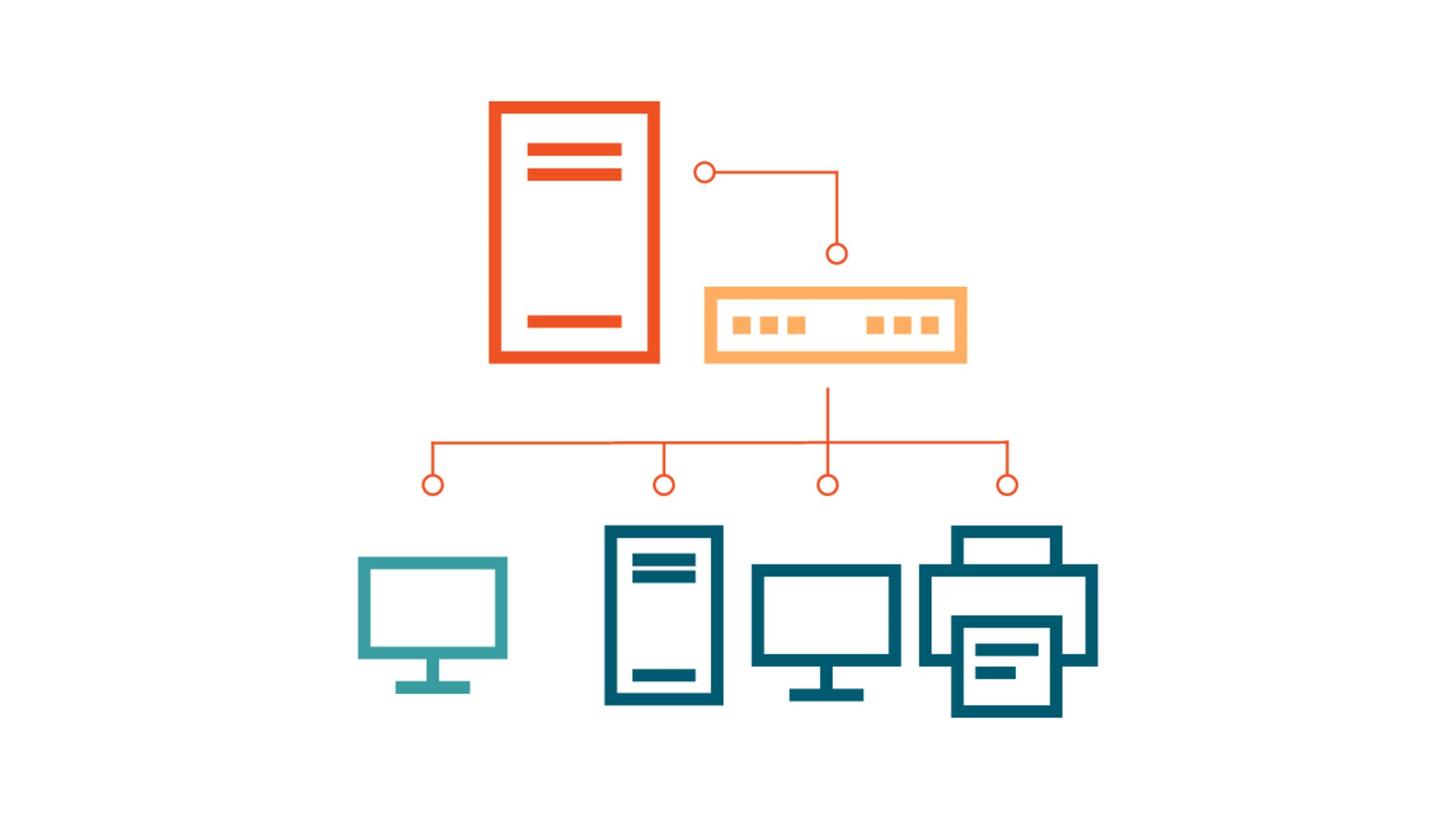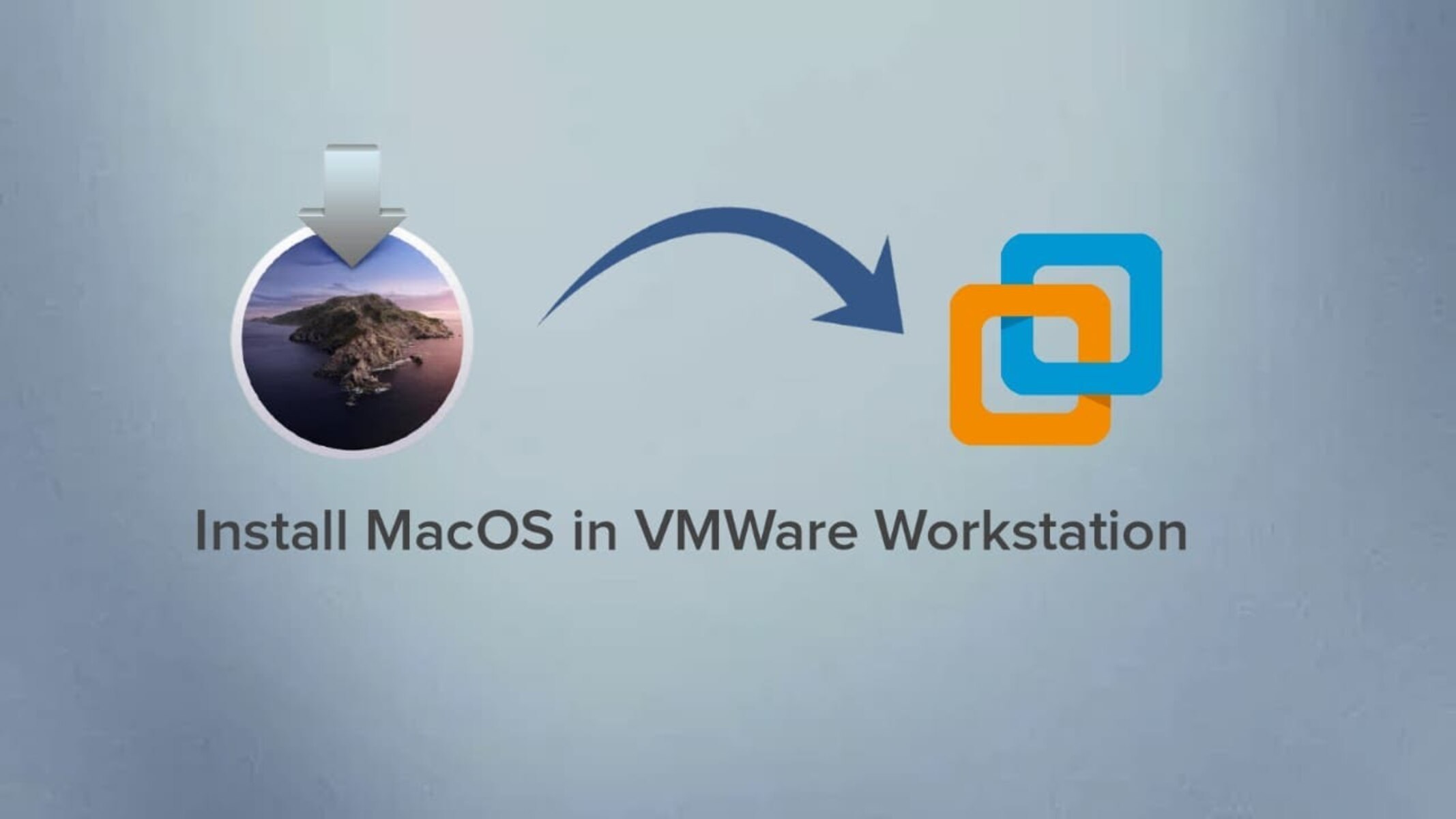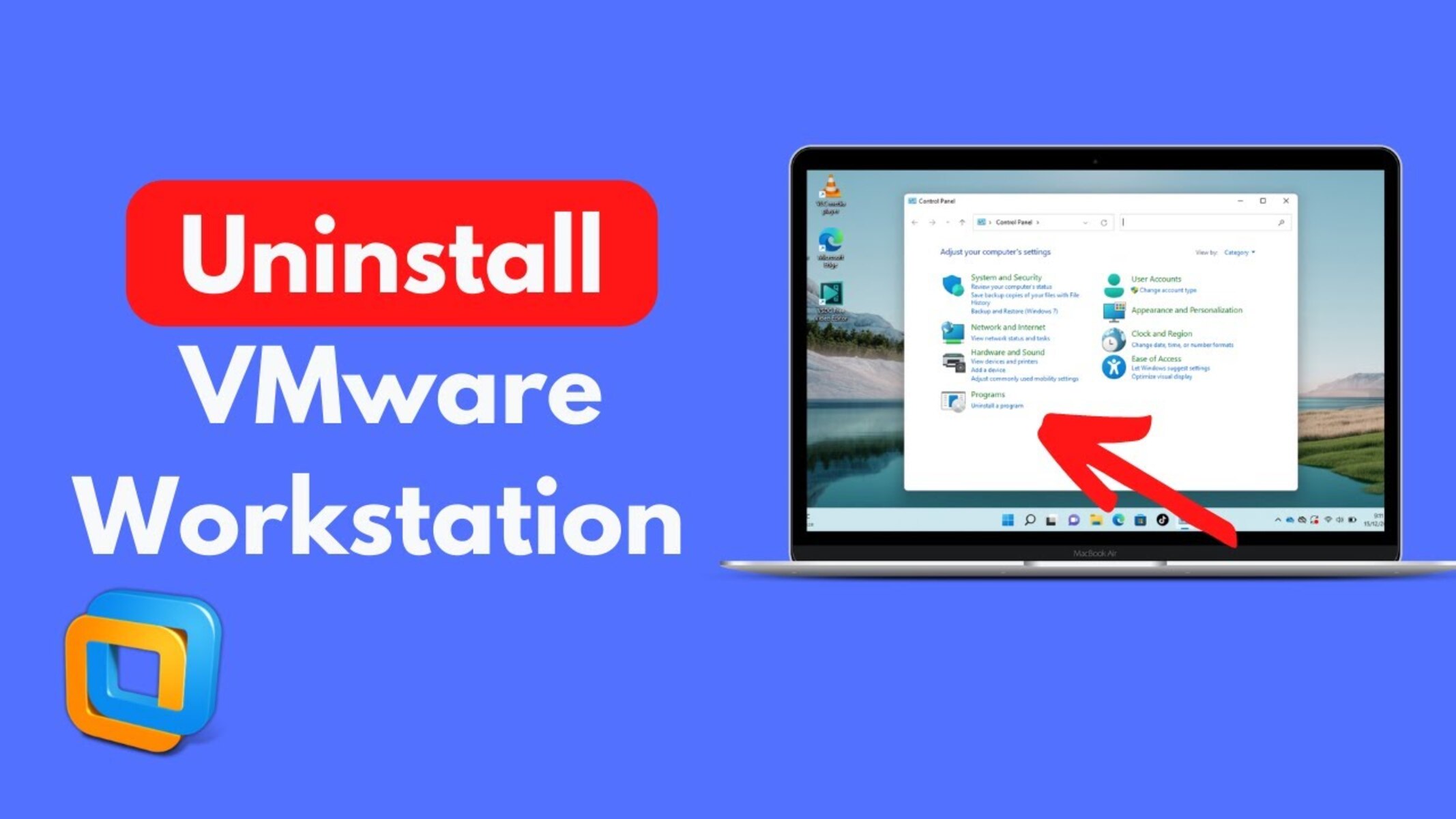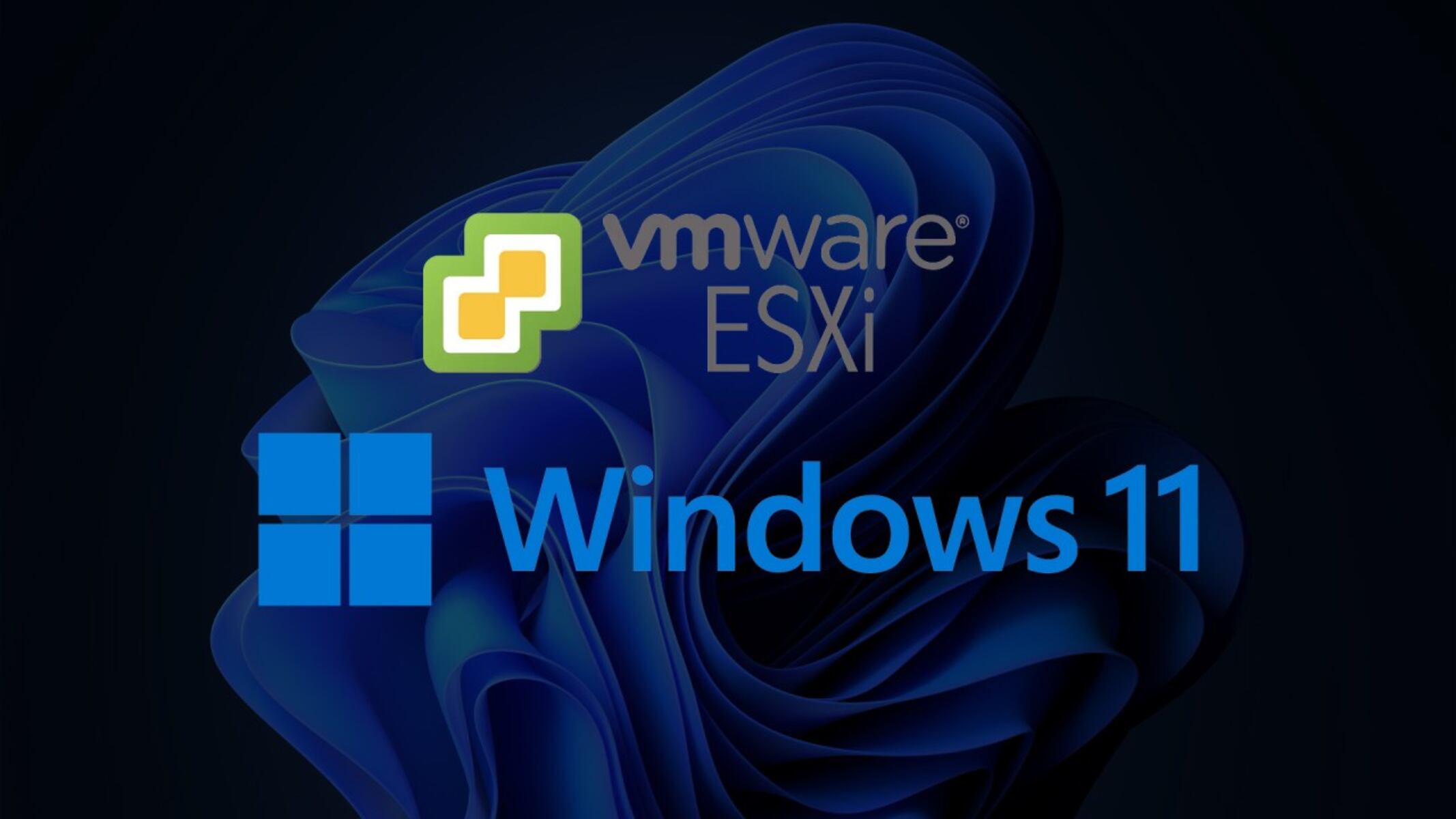Introduction
The Workstation Service is an essential component of the Windows operating system, particularly Windows 10. It plays a crucial role in facilitating network communication between your computer and other devices on the network. Understanding the Workstation Service and its functionalities can help you optimize your network connectivity and troubleshoot any issues that may arise.
When you connect your Windows 10 computer to a network, the Workstation Service ensures seamless sharing of files, printers, and other resources with other devices on the same network. It acts as an interface between your computer and the network, allowing you to access shared data and collaborate with others efficiently.
The Workstation Service uses various protocols, such as Server Message Block (SMB) and Common Internet File System (CIFS), to facilitate file and printer sharing across networks. These protocols enable your computer to communicate with file servers, printers, and other network devices, making it easier to access shared resources.
Furthermore, the Workstation Service provides support for joining domains, a feature commonly used in business environments. By joining a domain, your computer becomes part of a network managed by a domain controller, allowing for centralized user and resource management. This enables employees to access shared resources, log in using their domain credentials, and enjoy a more secure and controlled network environment.
In this article, we will explore the functionalities, benefits, and troubleshooting aspects of the Workstation Service in Windows 10. Whether you are a home user or a business professional, understanding the Workstation Service can help you optimize your network experience and resolve any connectivity issues that may arise.
What Is the Workstation Service?
The Workstation Service is a fundamental component of the Windows operating system, specifically Windows 10. It is responsible for managing and coordinating network communication between your computer and other devices on the network. The term “workstation” refers to your computer, which is considered a client device in the context of network communication.
When you connect your Windows 10 computer to a network, the Workstation Service ensures that it can access and interact with other devices on the network. It acts as an intermediary between your computer and the network, enabling you to share files, printers, and other resources seamlessly.
To understand the role of the Workstation Service, it is important to grasp the concept of network protocols. Network protocols are a set of rules and guidelines that govern how devices within a network communicate with each other. The Workstation Service uses protocols such as Server Message Block (SMB) and Common Internet File System (CIFS) to establish connections and facilitate file sharing between your computer and other network devices.
File sharing is a common feature of networks, allowing users to access files stored on a different computer or server across the network. The Workstation Service enables you to easily browse and access shared folders, files, and printers from other devices on the network. This is particularly useful in a business setting, where employees often need to collaborate and access shared resources.
In addition to file sharing, the Workstation Service also facilitates printer sharing. This means that you can use a printer connected to another device on the network as if it were directly connected to your computer. It provides a convenient way to utilize network resources efficiently, eliminating the need for dedicated printers for each individual computer on the network.
Furthermore, the Workstation Service allows your Windows 10 computer to join a domain. A domain is a network environment typically found in larger organizations, where a central server, known as a domain controller, manages user accounts, security policies, and network resources. By joining a domain, your computer becomes part of the network managed by the domain controller, enabling you to log in using your domain credentials and access shared resources centrally.
In essence, the Workstation Service in Windows 10 is essential for establishing and managing network communication. It enables seamless file and printer sharing, allows for joining domains, and ensures that your computer can collaborate and interact with other devices on the network effectively.
How Does the Workstation Service Work?
The Workstation Service in Windows 10 works behind the scenes to establish and maintain network connectivity and facilitate communication between your computer and other devices on the network. It utilizes various protocols and technologies to ensure seamless file and printer sharing, as well as domain integration. Understanding how the Workstation Service works can help you troubleshoot network issues and optimize your network experience.
When your Windows 10 computer starts up, the Workstation Service starts running as a background service. It operates on the client-server model, where your computer acts as the client and attempts to establish connections with other devices, such as servers, printers, or other workstations, on the network.
To communicate with other devices, the Workstation Service uses protocols like Server Message Block (SMB), which is a network file-sharing protocol. This protocol allows your computer to access shared files and folders on other devices or servers within the network. It also supports the Common Internet File System (CIFS), which is an enhanced version of SMB, offering better security and performance.
When you access a shared file or folder on another device, the Workstation Service establishes a connection using the appropriate protocol and retrieves the requested data. It handles the negotiation and authentication processes, ensuring that you have the necessary permissions to access the shared resource.
Similarly, when you print a document to a network printer, the Workstation Service coordinates the communication between your computer and the printer. It sends the print job to the printer, retrieves the printer status, and handles any error or notification messages that may arise during the printing process.
Additionally, the Workstation Service allows your Windows 10 computer to join a domain. When you join a domain, the Workstation Service communicates with the domain controller, which is the central server managing the domain. It authenticates your computer and enables you to log in using your domain credentials. This integration with the domain provides centralized user and resource management, ensuring a secure and controlled network environment.
The Workstation Service continuously monitors the network connection and handles any disconnections or interruptions that may occur. If the network connection is lost, it attempts to reconnect and restore the communication with other devices on the network.
In summary, the Workstation Service in Windows 10 works tirelessly in the background to facilitate network communication. It uses protocols like SMB and CIFS to enable seamless file and printer sharing, as well as domain integration. By ensuring efficient and secure communication, the Workstation Service plays a vital role in optimizing your network experience.
Benefits of the Workstation Service
The Workstation Service in Windows 10 offers several advantages that enhance network connectivity and collaboration. Understanding the benefits of the Workstation Service can help you make the most out of your network resources and optimize your overall productivity.
One of the key benefits of the Workstation Service is its ability to enable seamless file sharing. With this service, you can easily access files and folders on other devices within your network. This is especially useful in office environments where employees need to collaborate and share documents. By simply connecting to the shared folder, you can work with files as if they were stored directly on your own computer, making collaboration more efficient and streamlined.
The Workstation Service also facilitates printer sharing across a network. This allows you to use a printer connected to another computer or server on the network, eliminating the need for individual printers connected to each workstation. It saves costs, reduces physical clutter, and makes printer management more convenient.
Another benefit of the Workstation Service is its support for domain integration. By joining a domain, your computer becomes part of a network managed by a central server called a domain controller. This offers several advantages, including centralized user and resource management, centralized security policies, and unified access control. It simplifies user authentication and authorization, making it easier for employees to access network resources and collaborate securely.
The Workstation Service also ensures data security by providing encryption and authentication mechanisms. When you access shared files or printers, the service encrypts the data transmission, preventing unauthorized access and ensuring the integrity of the information. It also offers authentication methods, such as username and password, to control access to shared resources, ensuring that only authorized users can access sensitive information.
Moreover, the Workstation Service facilitates network discovery. It allows your computer to discover other devices and resources available on the network. This includes discovering shared folders, printers, and even other computers that can be accessed for collaboration or file sharing. The network discovery feature simplifies the process of discovering and connecting to network resources, saving time and effort.
In summary, the Workstation Service in Windows 10 provides numerous benefits, including seamless file sharing, printer sharing across networks, domain integration, data security, and network discovery. By leveraging these features, you can optimize your network experience, enhance collaboration, and ensure secure access to shared resources.
How to Enable or Disable the Workstation Service
Enabling or disabling the Workstation Service in Windows 10 can be done through the Services management console. The Workstation Service is typically enabled by default, but there might be scenarios where you need to disable or re-enable it for troubleshooting purposes or specific network configurations. Below are the steps to enable or disable the Workstation Service:
- Press the Windows Key + R on your keyboard to open the Run dialog box.
- Type “services.msc” in the Run dialog box and press Enter to open the Services management console.
- In the Services window, scroll down until you find “Workstation” in the list.
- Double-click on “Workstation” to open its properties.
- In the properties window, you’ll find the “Startup type” dropdown menu. This determines whether the service will start automatically or manually when your computer boots up.
- To enable the Workstation Service, select “Automatic” in the “Startup type” dropdown menu.
- Click on the “Start” button if the service is not already running.
- If you wish to disable the Workstation Service, select “Disabled” in the “Startup type” dropdown menu.
- Click on the “Stop” button to stop the service if it’s currently running.
- Click “Apply” and then “OK” to save the changes.
Note: Disabling the Workstation Service may impact your ability to access shared network resources, so it’s recommended to only disable it if necessary and for a specific purpose.
By following these steps, you can easily enable or disable the Workstation Service in Windows 10 based on your requirements. Remember to only make changes to the service if you have a specific reason to do so and to re-enable it promptly once your troubleshooting or configuration needs are met.
Troubleshooting Common Issues with the Workstation Service
While the Workstation Service in Windows 10 is designed to function smoothly, there can be instances where you may encounter issues with its operation. Fortunately, there are several troubleshooting steps you can take to resolve common problems associated with the Workstation Service. Here are some common issues and their potential solutions:
- Unable to access shared files or folders: If you’re unable to access shared files or folders on other devices, ensure that both your computer and the device you’re trying to access have network connectivity. Check if the Workstation Service is running by following the steps mentioned earlier. If the service is running, try disabling and re-enabling it. If the problem persists, verify the permissions of the shared resource and ensure that you have the necessary permissions.
- Printer sharing issues: If you’re having trouble printing to a shared network printer, ensure that the printer is turned on and connected to the network properly. Verify that the Workstation Service is running and that you have the necessary printer drivers installed on your computer. Additionally, check the printer’s queue for any stuck or pending print jobs and clear them if necessary.
- Unable to join a domain: If you’re experiencing difficulties joining a domain, ensure that your computer has network connectivity and can communicate with the domain controller. Double-check the domain name and credentials you are using to join the domain. It’s also important to verify that the Workstation Service is running and that your computer is configured to use the correct DNS server for domain resolution.
- Network connectivity issues: If you’re facing general network connectivity issues, such as intermittent or slow connections, ensure that your computer has a strong and stable network signal. Check for any network hardware issues, such as faulty cables or routers. Additionally, run network troubleshooting tools like the Windows Network Diagnostics to identify and fix any network-related problems.
- Firewall or antivirus blocking network communication: Sometimes, your firewall or antivirus software may block the Workstation Service or interfere with its network communication. Make sure that you have proper firewall rules or exclusions configured to allow the necessary network traffic for file sharing, printer sharing, and domain integration.
If the above troubleshooting steps do not resolve the issues with the Workstation Service, it may be helpful to update your Windows 10 operating system to the latest version, as Microsoft often releases updates to address bugs and compatibility issues. Additionally, you can search online forums and Microsoft support websites for specific error messages or issues related to the Workstation Service, as there may be specific resolutions available for certain scenarios.
By following these troubleshooting steps and utilizing available resources, you can resolve common issues with the Workstation Service and ensure smooth network communication on your Windows 10 computer.
Conclusion
The Workstation Service in Windows 10 is a vital component that enables seamless network communication and enhances collaboration between your computer and other devices on the network. It facilitates file and printer sharing, domain integration, and network discovery, providing numerous benefits for both home users and businesses.
By understanding the functionalities and benefits of the Workstation Service, you can optimize your network experience and troubleshoot any issues that may arise. Whether you need to access shared files and printers, join a domain, or ensure secure network communication, the Workstation Service plays a crucial role in enabling these capabilities.
During troubleshooting, it’s important to check the status of the Workstation Service, verify network connectivity, and ensure proper configuration of network resources. By following the recommended steps and utilizing available resources, you can overcome common issues with the Workstation Service and ensure a reliable and efficient network connection.
Remember to enable or disable the Workstation Service based on your specific needs and to re-enable it promptly after troubleshooting or configuration changes have been made.
Overall, the Workstation Service in Windows 10 is an essential component for establishing and managing network connectivity. By harnessing its capabilities and resolving any issues that may arise, you can enjoy seamless file sharing, printer sharing, domain integration, and a connected network environment.

























